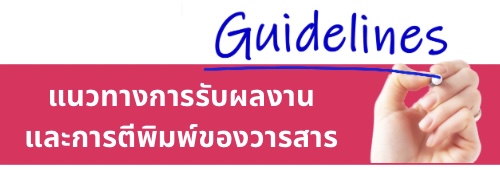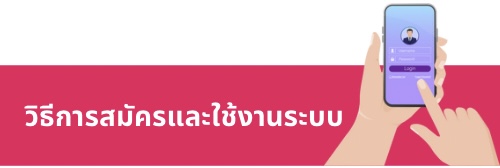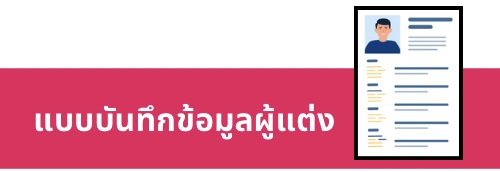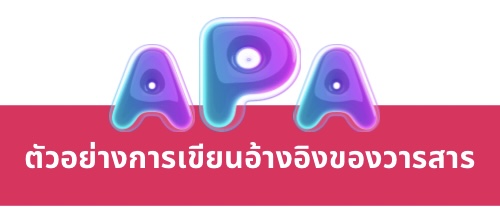ผลของการพัฒนาแอปพลิเคชันการวางแผนจำหน่ายผู้ป่วยโรคหลอดเลือดหัวใจ
คำสำคัญ:
แอปพลิเคชัน, การวางแผนจำหน่ายผู้ป่วย, โรคหลอดเลือดหัวใจบทคัดย่อ
การวิจัยและพัฒนานี้มีวัตถุประสงค์เพื่อพัฒนาและศึกษาประสิทธิผลของแอปพลิเคชันการวางแผนจำหน่ายผู้ป่วยโรคหลอดเลือดหัวใจ ตัวอย่าง คือ ผู้ป่วยโรคหลอดเลือดหัวใจที่เข้ารับการรักษาในหอผู้ป่วยวิกฤติโรคหัวใจ โรงพยาบาลสมเด็จพระปิ่นเกล้า ระหว่างเดือนกรกฎาคม - กันยายน พ.ศ. 2563 จำนวน 30 ราย ซึ่งเลือกมาอย่างเฉพาะเจาะจงตามเกณฑ์คัดเข้า ดำเนินการวิจัย 3 ระยะ ได้แก่ 1) วิเคราะห์สภาพปัญหาและประเมินความต้องการ 2) ออกแบบและพัฒนาแอปพลิเคชันภายใต้แนวคิดตามหลัก 3อ.2ส.1ย. (อาหาร ออกกำลังกาย อารมณ์ การงดสูบบุหรี่/ดื่มสุรา และการรับประทานยา) และ 3) ทดลองใช้และประเมินประสิทธิผลของแอปพลิเคชัน เครื่องมือที่ใช้ในการวิจัย ได้แก่ แบบบันทึกการสนทนากลุ่ม แอปพลิเคชันการวางแผนจำหน่ายผู้ป่วยโรคหลอดเลือดหัวใจ แบบประเมินความรู้ และแบบประเมินความพึงพอใจ ผ่านการตรวจสอบความตรงเชิงเนื้อหาโดยผู้เชี่ยวชาญ 3 ท่าน แบบประเมินความรู้มีค่าดัชนีความสอดคล้องกลมกลืนระหว่างข้อคำถามกับวัตถุประสงค์เท่ากับ .67 - 1.00 มีค่าความเที่ยงจากการหาค่าสัมประสิทธิ์แอลฟาของครอนบราคเท่ากับ .70 วิเคราะห์ข้อมูลโดยใช้สถิติบรรยายและสถิติอ้างอิง ได้แก่ ค่าเฉลี่ย ส่วนเบี่ยงเบนมาตรฐาน และการทดสอบทีแบบ Paired t-test
ผลการวิจัย พบว่า ผู้ป่วยโรคหลอดเลือดหัวใจหลังใช้แอปพลิเคชันการวางแผนจำหน่ายผู้ป่วยมีคะแนนเฉลี่ยความรู้ตามหลัก 3อ.2ส.1ย. สูงกว่าก่อนใช้แอปพลิเคชัน อย่างมีนัยสำคัญทางสถิติที่ระดับ .05 (M = 18.30, SD = 1.30 และ M = 16.40, SD = 1.67, t = 6.67, p = .000) ผู้ป่วยโรคหลอดเลือดหัวใจมีค่าเฉลี่ยความพึงพอใจต่อการใช้แอปพลิเคชันการวางแผนจำหน่ายผู้ป่วยโดยรวมอยู่ในระดับมาก (M = 4.44, SD = .43)
ดังนั้น พยาบาลควรนำแอปพลิเคชันการวางแผนจำหน่ายผู้ป่วยมาเป็นช่องทางในการส่งเสริมความรู้เกี่ยวกับการบริโภคอาหาร การออกกำลังกาย การจัดการอารมณ์ การงดสูบบุหรี่/ดื่มสุรา และการรับประทานยาเพื่อสนับสนุนให้ผู้ป่วยโรคหลอดเลือดหัวใจมีศักยภาพในการดูแลตนเองมากขึ้น
Downloads
เอกสารอ้างอิง
Department of Disease Control, Ministry of Public Health (2019). Coronary artery disease (CAD) situation in 2019. Retrieved from https://ddc.moph.go.th/uploads/files/1081120191227084415.pdf
Chaipukdee, N., Wattanasukchai, N., & Chaengkham, S. (2018). The effectiveness of health behavior modification program on reducing the risk of cardiovascular disease among hypertension and diabetes patients in Nongbuadaeng hospital Chaiyaphum province. Medical Journal of Srisaket Surin Buriram Hospitals, 38(2), 393-402
Health Education Division, Department of Health Service Support, Ministry of Public Health. (2018). Assessment of health literacy and health behaviors according to principle 3E2S, working age group, aged 15 - 59 years. Retrieved from http://hed.go.th/linkHed/333
Huedhun, K. (2017). The influence of line application in the present communication. Journal of Arts Management, 1(2). 75-88.
Khumou, S., Chomphet, P., Klangka, P., Normkusol, J., Kanchanasathien, R., Thongiam, T., Sristaporn, U., & Meraket, P. (2023). The development of smart heart care application for caring patient with heart disease. Academic Journal of Nursing and Health Sciences, 3(2), 143-154.
Konyanee, S., & Tassana-iem, S. (2019). The effect of the application of food, exercise, emotion, non-smoking, alcohol cessation and social support to reduce the risk of diabetes and hypertension among new risk groups. Ratchaphruek Journal, 17(2), 95-104.
Lu, C., Hu, Y., Xie, J., Fu, Q., Leigh, I., Governor, S., & Wang, G. (2018). The use of mobile health applications to improve patient experience: Cross-sectional study in Chinese Public Hospitals. JMIR mHealth and uHealth, 6(5), 1-9.
Mahaviriyothai, K., Wattanakitkrileart, D., & Poungkaew, A. (2021). The effect of information provision, motivation, and self-monitoring skill program through line application on self-care behaviors in patients with heart failure. Nursing Science Journal of Thailand, 39(1), 47-63.
Nakhornriab, S., Wattanakitkrileart, D., Charoenkitkarn, V., Chotikanuchit, S., & Vanijja, V. (2017). The effectiveness of mobile application on medication adherence in patients with stroke. Journal of Nursing Science, 35(3), 58-69.
Niamhom, N. (2023). Effect of a multidisciplinary intensive targeted care with telephone outreach in patients with poor glycemic control. Regional Health Promotion Center 9 Journal, 17(2), 438-452.
Sanprasan, P., Wattradul, D., & Suthipong, N. (2017). Discharge planning of patients treated with percutaneous coronary intervention (PCI): Perspective of elderly patients with ischemic heart disease and caregivers. Thai Journal of Cardio-Thoracic Nursing, 28(1), 142-153.
Sasang, N., & Thiraphancharoen, N. (2022). Knowledge, health literacy and health care behavior in reducing cardiovascular disease risk factors among the elderly at Ban Mai subdistrict, Phra Nakhon Si Ayutthaya district. Journal of Safety and Health, 15(1), 10-26.
World Health Organization (WHO). (2021). Cardiovascular diseases. Retrieved from https://www.who.int/news-room/fact-sheets/detail/cardiovascular-diseases-(cvds)
Zhai, Y., Song, X., Chen, Y., & Lu, W. (2022). A study of mobile medical app user satisfaction incorporating theme analysis and review sentiment tendencies. International Journal of Environment Research and Public Health, 19(12), 7466. https://doi.org/10.3390/ijerph191 27466

ดาวน์โหลด
เผยแพร่แล้ว
รูปแบบการอ้างอิง
ฉบับ
ประเภทบทความ
สัญญาอนุญาต
ลิขสิทธิ์ (c) 2023 วารสารพยาบาลตำรวจ

อนุญาตภายใต้เงื่อนไข Creative Commons Attribution-NonCommercial-NoDerivatives 4.0 International License.
ผลงานที่ได้ตีพิมพ์แล้วจะเป็นลิขสิทธิ์ของวารสารพยาบาลตำรวจ














